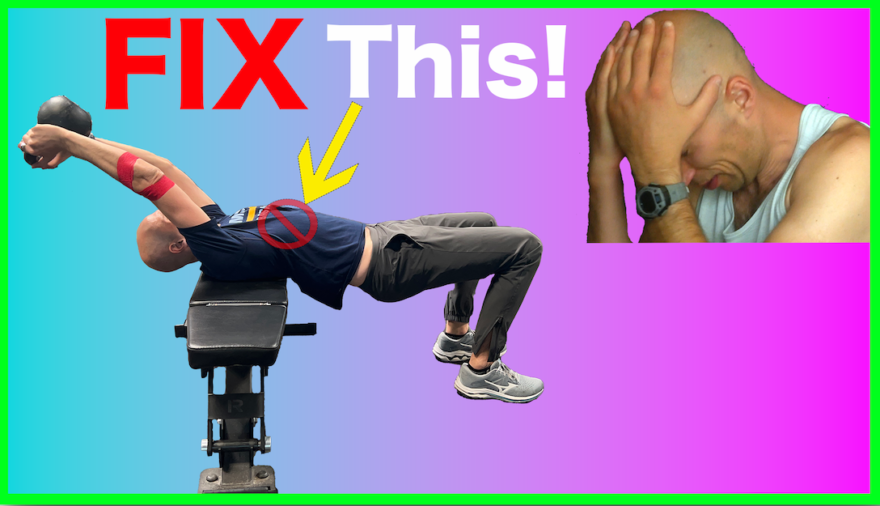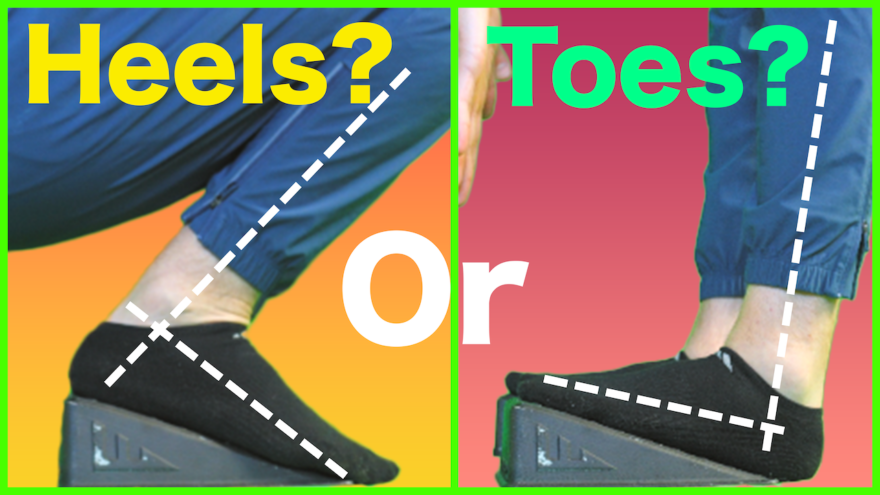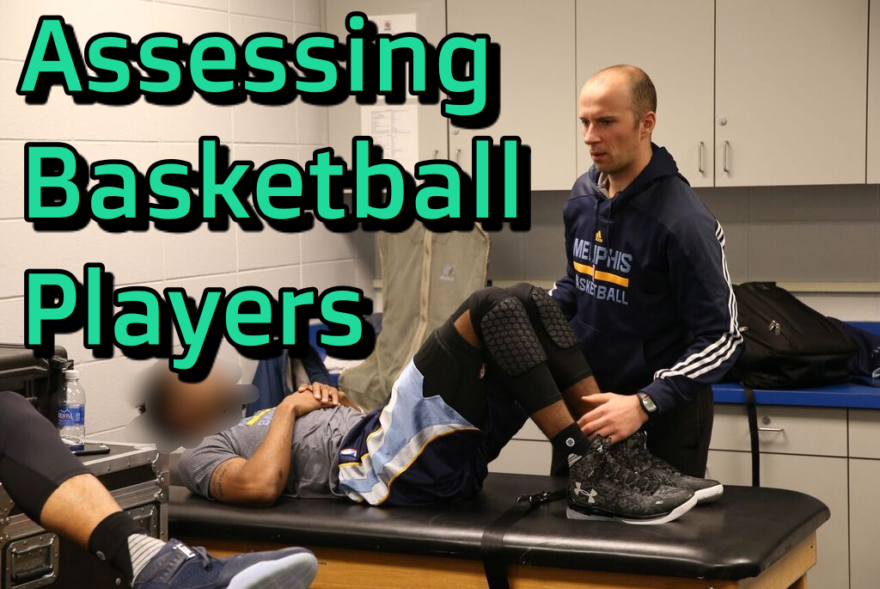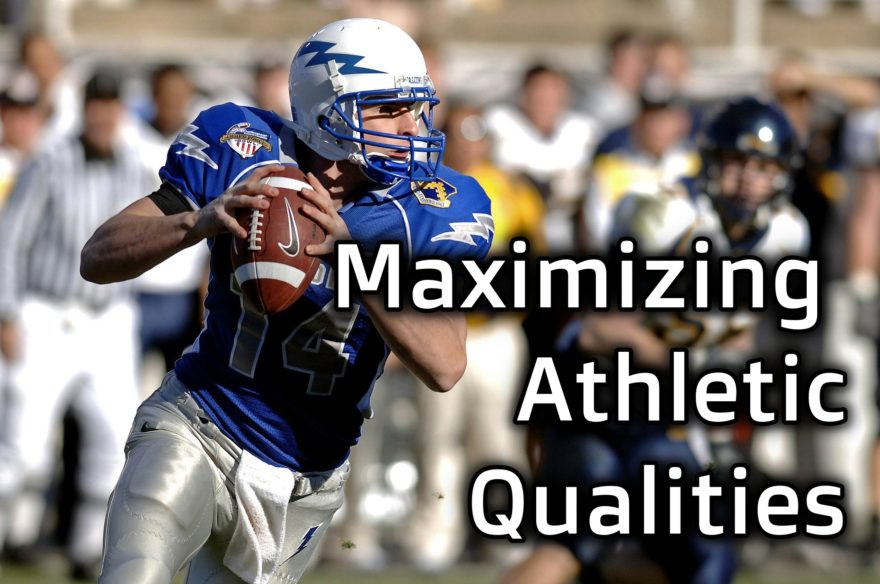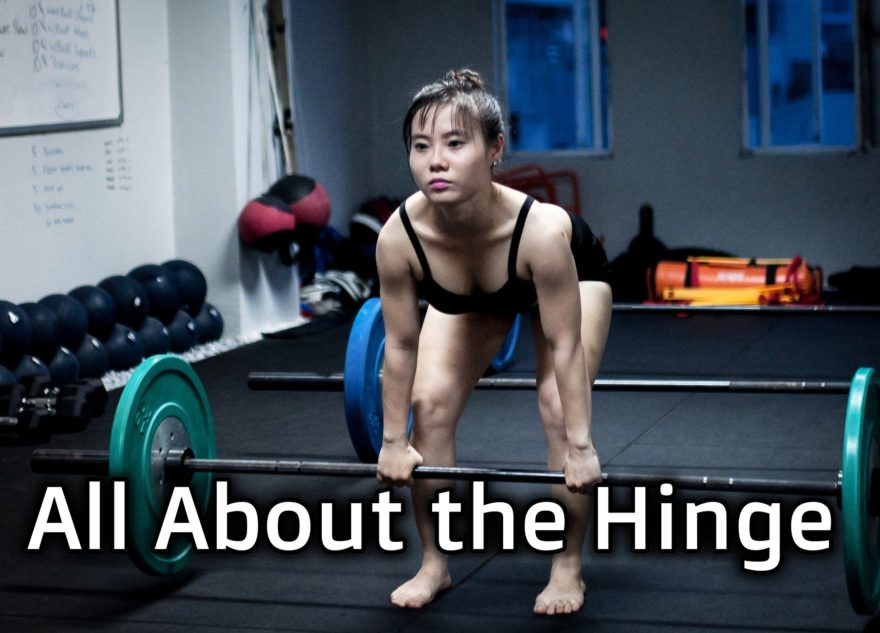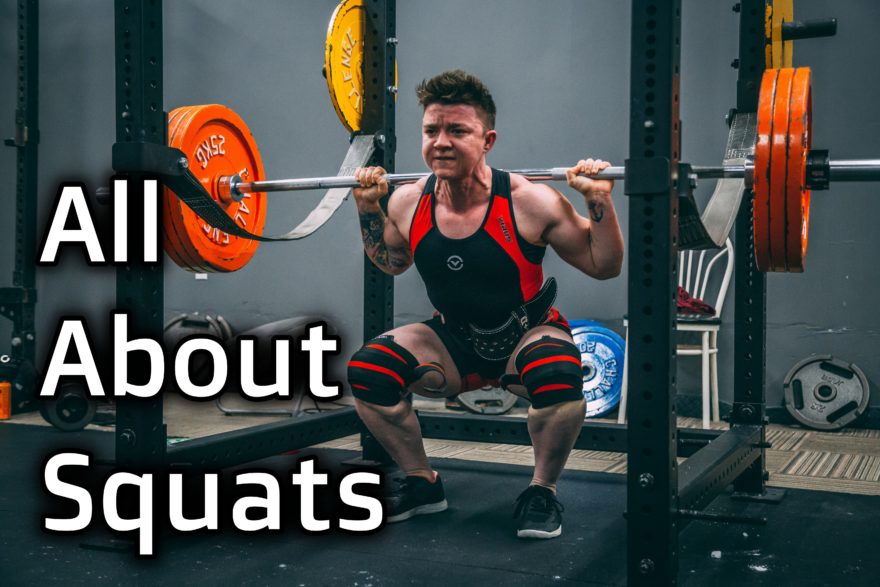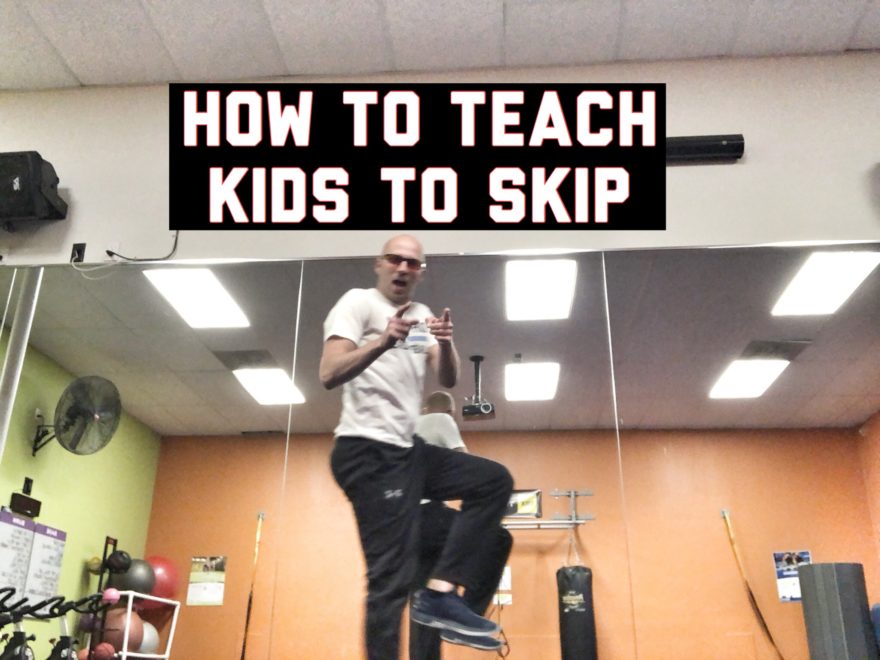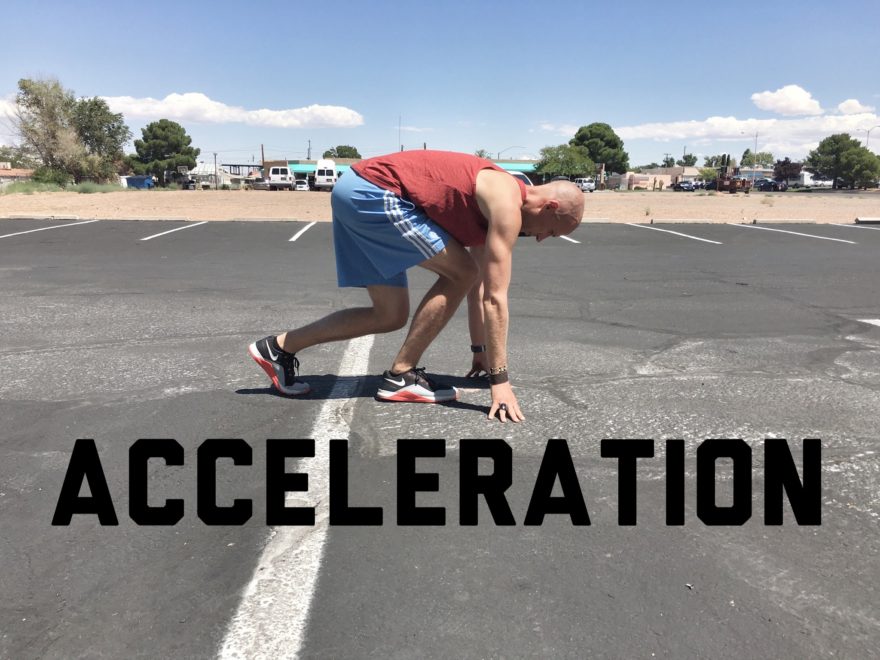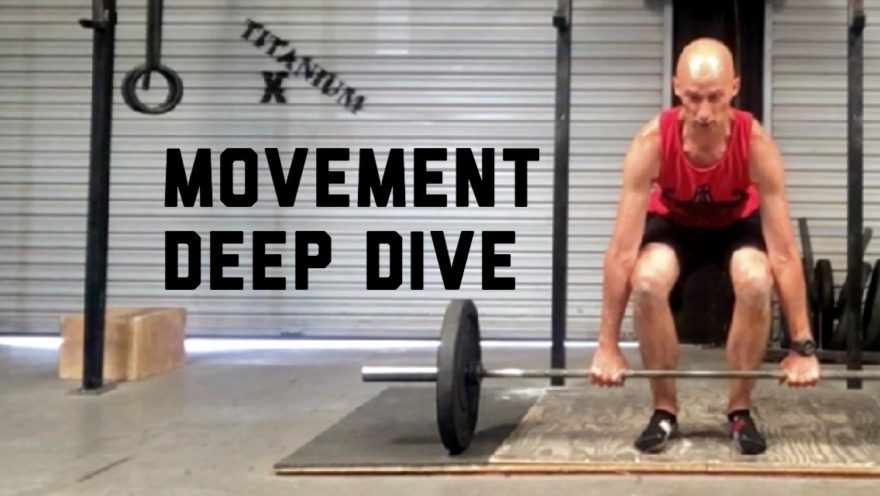Textbook performance of every pullover exercise variation ever! The pullover can be an awesome move for CRUSHING the abs and enhancing shoulder mobility, assuming that your technique is on point. But if you do any of the following: Arch your back Pull the shoulders back Flare your ribs Then that’s a poor assumption. AKA YOU’RE DOING IT WRONG. But don’t worry, I got you covered. Today’s post will go through pullover biomechanics (which will better inform you when and who should get this move), the coaching keys needed to crush the abs and loosen up the upper body, and how to fix common errors with this move. Check out the video and post below to learn about it.
Read More